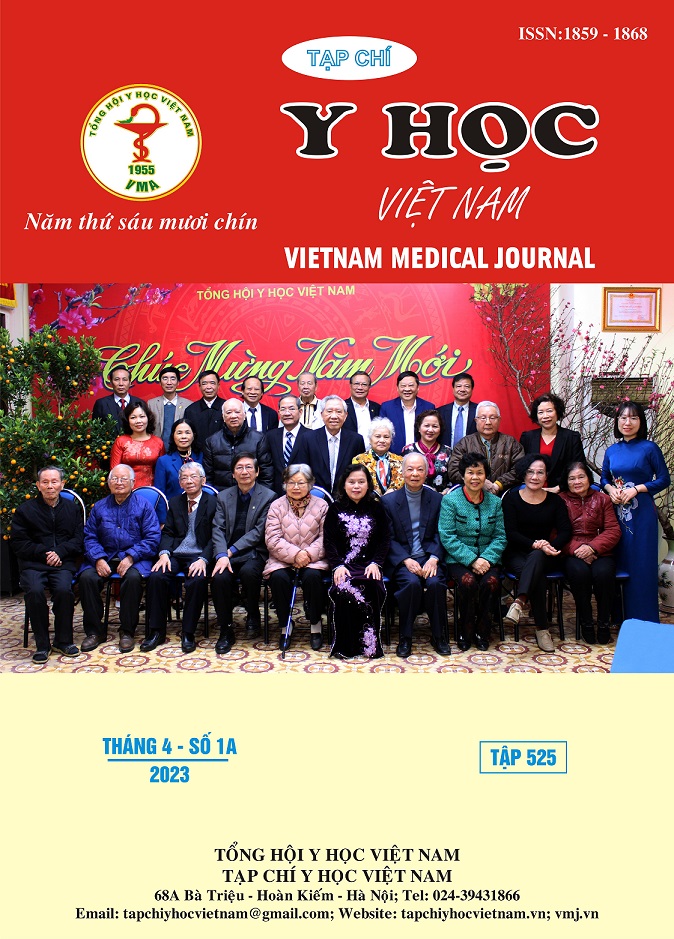THE PBtO2 (BRAIN TISSUE OXYGENATION PRESSURE) MORNITORING TO PREDICT THE MORTALITY IN NEUROCRITICAL PATIENT AT EMERGENCY CENTER
Main Article Content
Abstract
Brain tissue oxygenation pressure (PbtO2) monitoring is a great technique which guides the treatment of brain trauma patient in the developed countries. The maintainance of normal PbtO2 is crucial factor for prognosis. If the ischemia occurs, the brain tissue will be injured, damage then necrotic progress. In severe stroke patient who treated in neurointensive care unit, it is more important to measure the value of PbtO2 and recognize it. We conducted the study to evaluate the PbtO2 level in neurocritical patient at the emergency department at Bachmai hospital. The result showed the relationship between the PbtO2 and mean arterial blood pressure. In the survival group, lack of correlation between PbtO2 with the intracranial pressure, but in the death group, there was a strong correlation with cerebral perfusion pressure and ICP. There was higher level of PbtO2 and lower ICP in the suvival group then the death group. The PbtO2 value was proved to be a strong predict factor for mortality with high AUC. Conclusion: Monitoring of PbtO2 is a important technique to help the clinical judgement, prognosis and guide of treatment among the neurocritical patient who had severe stroke.
Article Details
Keywords
acute stroke, brain tisue oxygenation pressure
References
2. Sang Bae Ko (2013). Multimodality Monitoring in the Neurointensive Care Unit: A Special Perspective for Patients with Stroke. Journal of Stroke, 15(2), 99-108.
3. Eriksson E. A, Barletta J. F , Figueroa B. E (2012). The first 72 hours of brain tissue oxygenation predicts patient survival with traumatic brain injury. J Trauma Acute Care Surg, 72(5), 1345-1349.
4. Ramakrishna R (2008). Brain oxygen tension and outcome in patients with aneurysmal subarachnoid hemorrhage. J Neurosurg, 109(6), 1075-1082.
5. Nguyễn Anh Tuấn (2014). So sánh hiệu quả kiểm soát áp lực nội sọ bằng dung dịch muối ưu trương và manitol ở những bệnh nhân tai biến mạch não có tăng áp lực nội sọ cấp tính, Luận an Tiến sĩ y học, Trường Đại học Y Hà Nội, Hà Nội.
6. Lương Quốc Chính (2017). Nghiên cứu hiệu quả kết hợp dẫn lưu và sử dụng Alteplase não thất trong điều trị chảy máu não thất có giãn não thất cấp, Luận án Tiến sĩ y học, Trường Đại học Y Hà Nội, Hà Nội.
7. Eisenberg H.M (1988). Highdose barbiturate control of elevated intracranial pressure in patients with severe head injury. J Neurosurg, 69, 15-23.


